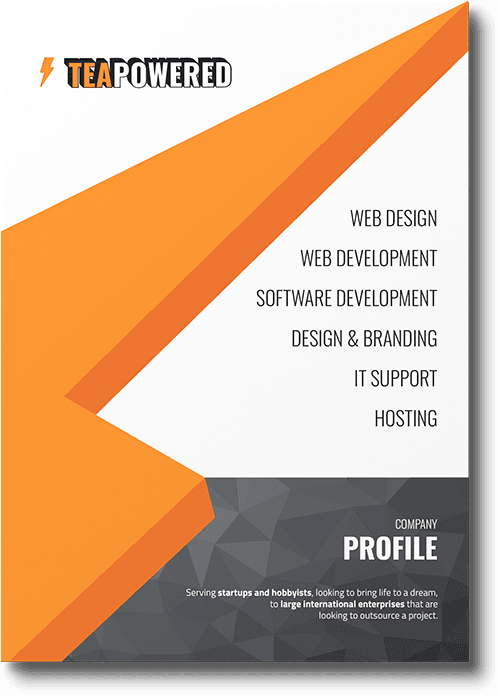Unlock the power of microservice-monolith hybrid architecture. Scale selectively, simplify development, and maintain stability. Enjoy flexibility, service independence, and gradual evolution. Embrace innovation while minimising complexity. Achieve robust and scalable solutions with a hybrid approach.
Introduction
In the world of software development, architecture plays a vital role in designing robust and scalable systems. While monolithic and microservices architectures are widely known, a hybrid approach that combines the best of both worlds is gaining traction: the microservice-monolith hybrid architecture. This innovative approach allows businesses to leverage the benefits of microservices while maintaining the stability and simplicity of a monolithic architecture. In this article, we will explore the concept, advantages, and considerations of a microservice-monolith hybrid architecture.
Understanding the Hybrid Architecture
The microservice-monolith hybrid architecture combines elements of both monolithic and microservices architectures. It involves breaking down certain components of a monolithic application into microservices while keeping the core functionalities intact as a monolith. This hybrid approach offers flexibility, scalability, and maintainability without the complexities associated with a full-scale microservices architecture.
Scalability and Performance
One of the key advantages of a hybrid architecture is the ability to scale specific parts of the application independently. By isolating certain functionalities as microservices, you can scale those components horisontally based on demand while keeping the core system as a monolith. This allows for improved performance and efficient resource utilisation, especially in scenarios where certain parts of the application require frequent scaling.
Simplified Development and Deployment
Maintaining a monolithic core simplifies the development and deployment processes. Developers can work on the monolith without having to deal with the complexities of inter-service communication or managing multiple codebases. Additionally, deploying updates or bug fixes becomes easier, as changes made to the monolith can be applied across the entire system without the need for individual service deployments.
Service Isolation and Independence
In a hybrid architecture, each microservice can be designed and deployed independently, following the principles of microservices. This provides a higher degree of isolation, enabling teams to work autonomously on specific services. It also allows for the use of different technologies, frameworks, and databases that are best suited for each microservice, increasing flexibility and promoting innovation.
Considerations and Challenges
Implementing a microservice-monolith hybrid architecture requires careful consideration. It's crucial to identify the right components to break down into microservices, ensuring that the separation brings tangible benefits without introducing unnecessary complexities. Communication and data consistency between the monolith and microservices should be well-designed and managed. Proper monitoring and observability are also essential to ensure system stability and troubleshoot any potential issues.
Evolution and Future Scalability
A hybrid architecture allows businesses to gradually transition from a monolithic system to a microservices architecture as needed. It offers the flexibility to start with a monolith and gradually extract functionalities into microservices, accommodating the evolving needs of the business. This approach mitigates risks associated with a complete system overhaul while ensuring future scalability and adaptability.
Conclusion
The microservice-monolith hybrid architecture provides a practical and flexible approach for organisations seeking the benefits of microservices while maintaining stability. It allows for scalability, simplified development, service independence, and gradual evolution. By leveraging the strengths of both architectures, businesses can design systems that are efficient, scalable, and future-proof.
Embrace the power of the microservice-monolith hybrid architecture to strike the perfect balance between flexibility and stability, empowering your organisation to deliver robust and scalable software solutions.
(Note: This article assumes a basic understanding of monolithic and microservices architectures.)
